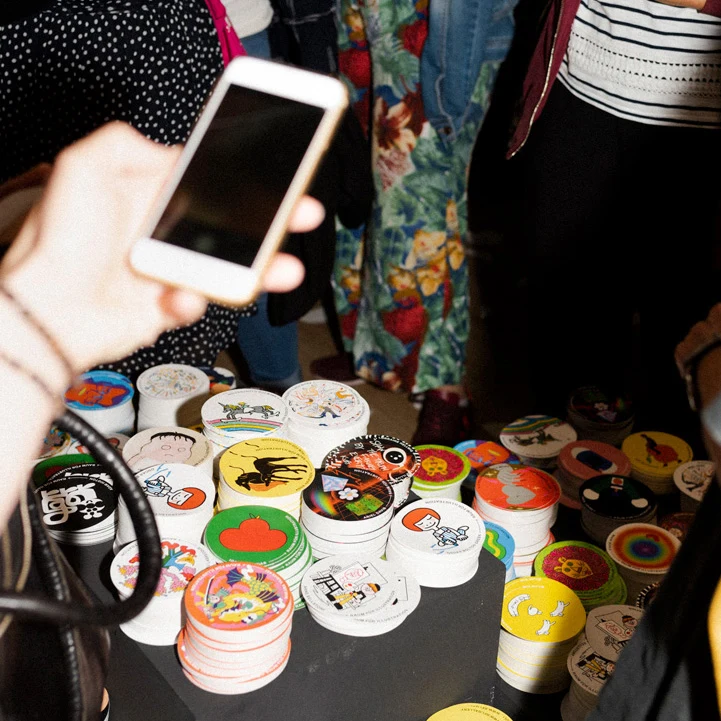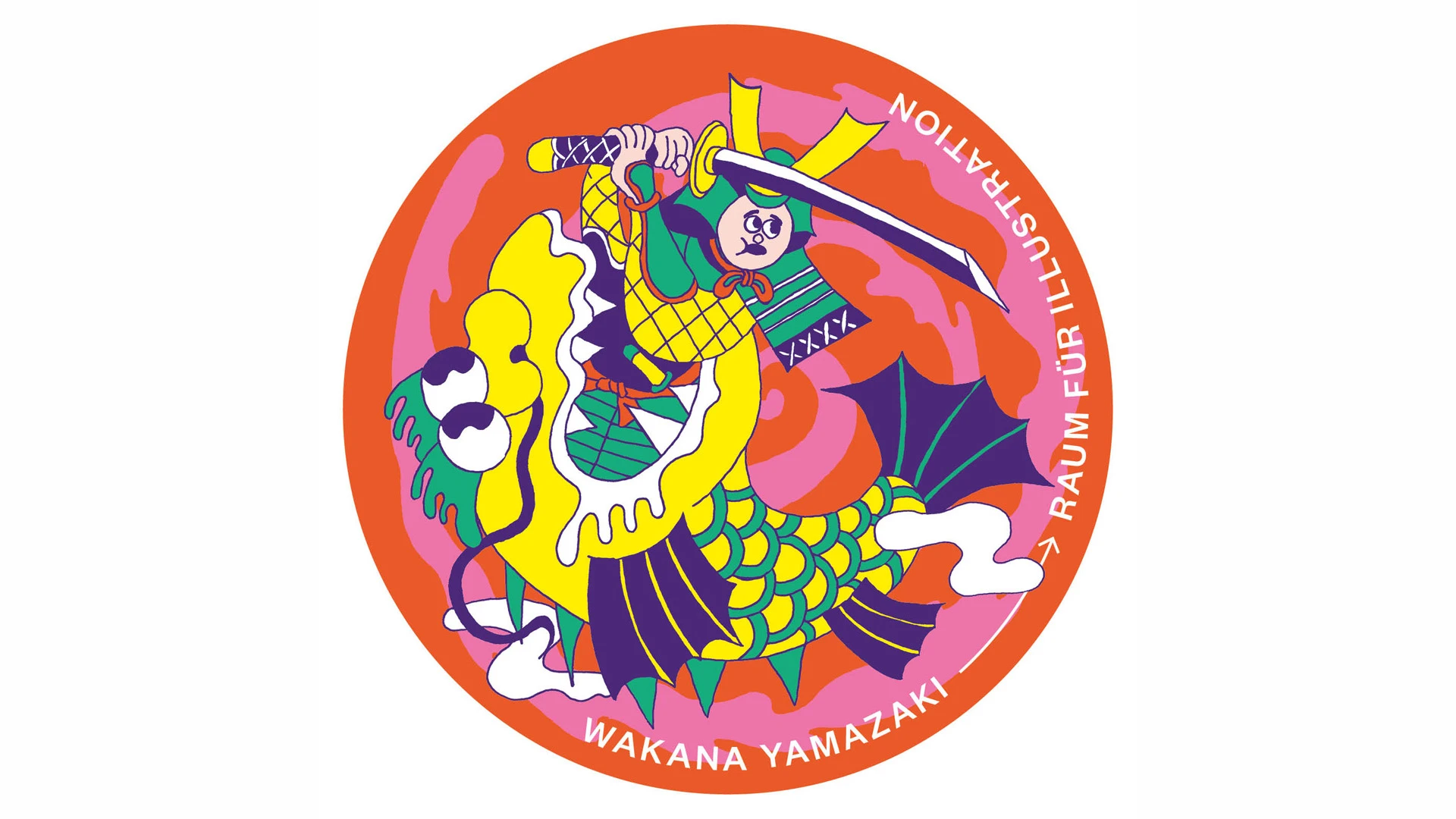Graffiti—and its role in cities—has spawned countless movies, museum exhibits, books. But what about its scrappier cousin, sticker art? In the 1980s and ’90s, “sticker bombing,” also known as “slapping,” became enormously popular as well, with artists producing their own stickers and leaving them as markers in cities all over the world. While plenty of city governments criminalized sticker bombing, it was easy and fast enough to slap a sticker on a wall or bike rack that they proliferated anyway, creating a layer cake of colorful paper as they accumulated over the years.

“They are everywhere; house entrances, street masts, trash cans are full of them,” gallery cofounder Beate Pietrek said in an email. “Small messages and fun visuals talking to you as you are walking through the streets. It feels like an open gallery where everybody is invited to be a part of it. The different kinds of groups like street-art artists, football clubs, and event announcements are in a subcultural dialogue with each other.”
Pietrek and her cofounder, Philipp Schultz, are the force behind It’s Sticky, an exhibit of stickers designed by 30 different artists and illustrators from across 13 countries. For the opening of the show—the gallery’s first—Pietrek and Schultz painted the space’s walls black and invited attendees to slap the designs on any and all surfaces.

All in all, they printed 31,000 stickers. Some of the designs riff on existing graphic tropes, like the yellow smiley face that has been remixed into countercultural iconoclasm since it was designed in the 1960s, but others are expressive and unexpected. There’s a sticker from German comic artist Anna Haifisch featuring two goofy, waifish hound dogs fighting over a blanket. Other artists include New York-based editorial illustrator Ariel Davis, whose sticker is full of vaporwave abstraction, and Tokyo illustrator Wakana Yamazaki, who drew a shocked samurai being swallowed by a fish.

Half of the printed stickers were given out by the gallery and the other 15,500 were sent to the artists themselves for distribution. “We loved the idea that our exhibition is not only taking place in our space but can also be carried out in the streets spread by the visitors or the artists themselves,” the curators write. It’s also a savvy way of publicizing the young gallery, since each sticker sports Raum für Illustration as part of its design, and thousands of those stickers are about to proliferate in Hamburg and elsewhere.
So, is the show an ode to a dying form of street art, killed off by the web? Not exactly. Pietrek and Schultz say their show—which also exists online—underlines how this analog form of visual communication can be bolstered by social media, rather than replaced by it.
“We don’t think to inspire a resurgence. But we feel like there is something magic about stickers,” Pietrek says. “To stick a sticker on the wall is an exciting experience and maybe a good variety to digital activities. You share something with the world, but in a physical way. It can be political, it can be personal, it can be just for fun. It’s all about communication.”
Recognize your brand’s excellence by applying to this year’s Brands That Matter Awards before the early-rate deadline, May 3.























